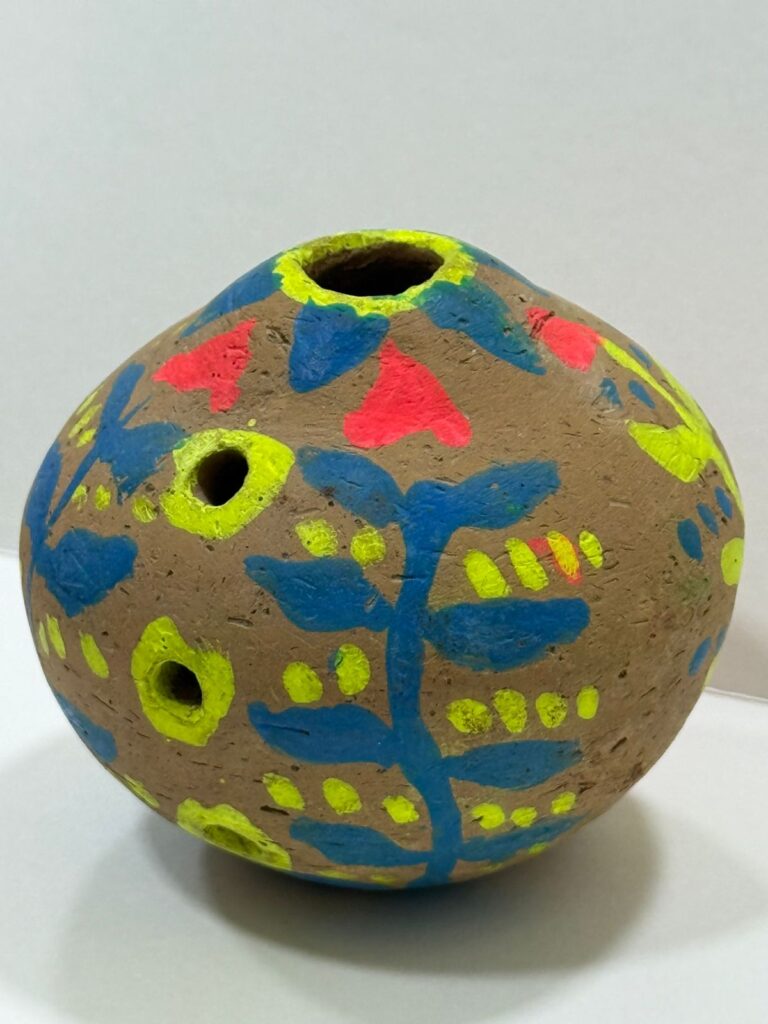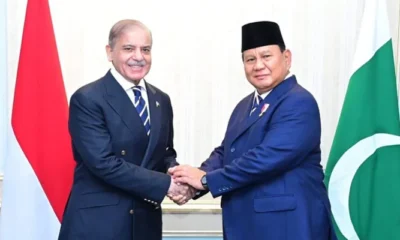Art & Culture
Review on the Book entitled “Canada: Land of Colors” A Travelogue by Akhtar Hussain Sandhu

“Canada Rangon Ka Dais”: A Scholarly Journey Through Canada’s Colors by Akhtar Hussain Sandhu
Lahore, Pakistan – A vibrant new literary work, “Canada Rangon Ka Dais” (Canada: Land of Colors), by the eminent historian and scholar Akhtar Hussain Sandhu, is taking the literary and academic circles by storm. This isn’t just another travelogue; it’s a profound exploration of Canada, viewed through the meticulous lens of a seasoned academician, offering insights that transcend mere sightseeing to delve into the very fabric of Canadian life and landscape.

The recent launching ceremony, meticulously arranged by Arshad Ansari, President of the Lahore Press Club, and advocate Ali Changezi Sandhu (Legal Advisor), was a testament to the book’s significance. Presided over by Pakistan’s renowned journalist Mujeeb Ur Rehman Shami, and graced by the presence of Sardar Jasbir Singh Boparai from Canada as the Chief Guest, the event drew a distinguished audience of journalists, professors, advocates, and businessmen.
A Scholar’s Eye on the Land of Colors
Dr. Akhtar Hussain Sandhu, a scholar whose previous works include critical analyses of “Punjab: An Anatomy of Muslim-Sikh Politics,” studies on “Motivation and Leadership,” and a biography of “Martin Luther King, Jr.,” brings his formidable academic prowess to this travelogue. The diverse panel of speakers at the launch—including Prof. Nasir Bashir, Dr. Asghar Yazdani, Prof. Kashif Faraz, Nadeem Nazar, Ashraf Shareef, Dr. Nadeem Ahmed Bhatti, Dr. Faleeha Zahra Kazmi, and Mujeeb Ur Rehman Shami—unanimously lauded the author’s unique approach.
They highlighted Sandhu’s extraordinary talent in several key areas, which are evidently showcased in “Canada Rangon Ka Dais”:
Dr.Sandhu’s deep appreciation for nature shines through in his detailed descriptions of Canada’s serene lakes and the breathtaking spectacle of the changing colors of the trees. These observations extend beyond aesthetic appreciation, suggesting an underlying ecological awareness. The travelogue delves into the heart of Canadian society, examining its complex social dynamics. Notably, Sandhu’s insightful examination of the Punjabi diaspora in Canada is particularly noteworthy, as it offers a scholarly and empathetic perspective on the community’s contributions and experiences. His commentary on the spacious houses offers a glimpse into the Canadian way of life and its architectural landscape, providing subtle sociological insights. Doctor Sandhu doesn’t shy away from broader themes, touching upon the realities of the US-Canada borders and the conference environment, implicitly evaluating the level of research and intellectual engagement within the Canadian academic sphere.
“Canada Rangon Ka Dais” is not merely a recounting of travels; it is a scholarly expedition. The speakers at the launch underscored the author’s lifelong commitment to academics, research, and personality studies, all of which converge in this travelogue. Sandhu’s ability to fuse historical context, social science methodology, and keen personal observation elevates the book beyond a typical travel narrative.
This publication stands as a testament to Dr. Akhtar Hussain Sandhu’s versatility and intellectual curiosity. It offers readers an unparalleled opportunity to see Canada not just as a land of scenic beauty, but as a complex tapestry of cultures, histories, and social realities, all painted with the nuanced “colors” of a true scholar. For anyone seeking a deeper, more analytical understanding of Canada, “Canada Rangon Ka Dais” promises to be an indispensable and richly rewarding read.
Art & Culture
From Bank Lines to Bus Seats: Bold Lessons in Courtesy, Courage, and Everyday Survival

In the line of bill payers at the bank,
As the fairer sex,
If sick, don’t just be blank
“Ladies first”, “excuse me11, “before you please.”
For deals with unpaid bills,
Ask for goods back, threat if you will,
Repeat the request for a job.
You may make it from the mob,
Instead of standing, share the seat on the bus
Isn’t it much better than making a fuss,
Whatever you do during tug-of-war, do not push the rope
Or you’ll be the laughing stock amidst cries of, “What a dope.”
Art & Culture
Bareendo of Pakistan Inscribed on UNESCO’s Intangible Cultural Heritage (ICH) List

Paris(Imran Y. CHOUDHRY):- Bareendo (Bhorindo), one of the oldest surviving folk instruments of Sindh, has been officially inscribed on UNESCO’s list of Intangible Cultural Heritage (ICH) in need of urgent safeguarding. The decision was adopted at the 20th Session of the Intergovernmental Committee for the Safeguarding of the Intangible Cultural Heritage.

The Bareendo is a clay wind instrument whose origins trace back to the 5,000-year-old Indus Valley Civilization. It is a symbol of Sindh’s spiritual and communal traditions. For centuries, its soft and meditative tones have accompanied winter gatherings, Sufi practices, and rural celebrations. Today, however, the tradition is endangered, with only one master musician, Ustaad Faqeer Zulfiqar, and one master potter, Allah Jurio, preserving its complete knowledge.
The nomination of Bareendo as an ICH in urgent need of safeguarding is the result of an intensive consultative process between the Government of Sindh, Pakistan Mission’s to UNESCO in France and the UNESCO Headquarters. It was inspired by a community-led and participatory process in the village of Keti Mir Muhammad Loond village in Sindh province to protecting Bareendo as a cultural heritage. Their efforts shaped the comprehensive Four-Year Safeguarding Plan (2026–2029), which includes the establishment of a community music school, integration of Bareendo heritage into formal and informal education, and the use of digital platforms to expand cultural outreach. UNESCO’s inscription will support the conservation process.
Permanent Delegate of Pakistan to UNESCO Ambassador Mumtaz Zahra Baloch welcomed the decision of UNESCO’s Intergovernmental Committee to inscribe Bareendo as an Intangible Cultural Heritage in urgent need of safeguarding. “The inscription of Bareendo is a proud moment for Pakistan and a tribute to the communities who have preserved this ancient instrument and music for generations. Bareendo is not only an emblem of the Indus Valley’s cultural continuity but also a living expression of Sindh’s artistic and spiritual heritage.”
“This recognition by UNESCO reaffirms Pakistan’s commitment to the protection and promotion of our diverse cultural traditions. We look forward to working closely with UNESCO to ensure that the knowledge, craftsmanship, and musical identity of the Bareendo is transmitted to future generations”, she said.
Art & Culture
“The Backyard Ballet: Cat and Crow in Comic Courtship — A Poem by Zeenat Iqbal Hakimjee”

My backyard is livened up
By the cat and the crow.
From a distance they for each other
A liking show.
Caw Caw, Meow Meow they hark & howl.
A din enough, to disturb the neighbouring fowl
Both of them perched on the dustbin.
Turn by turn.
Waiting for a morsel, from the kitchen to return.
Up goes the left over meat, in the air,
What ensues would ashame ‘The battle for the chair
-

 Europe News10 months ago
Europe News10 months agoChaos and unproven theories surround Tates’ release from Romania
-

 American News10 months ago
American News10 months agoTrump Expels Zelensky from the White House
-

 American News10 months ago
American News10 months agoTrump expands exemptions from Canada and Mexico tariffs
-

 American News10 months ago
American News10 months agoZelensky bruised but upbeat after diplomatic whirlwind
-

 Art & Culture10 months ago
Art & Culture10 months agoThe Indian film showing the bride’s ‘humiliation’ in arranged marriage
-

 Art & Culture10 months ago
Art & Culture10 months agoInternational Agriculture Exhibition held in Paris
-

 Pakistan News6 months ago
Pakistan News6 months agoComprehensive Analysis Report-The Faranian National Conference on Maritime Affairs-By Kashif Firaz Ahmed
-

 Politics10 months ago
Politics10 months agoUS cuts send South Africa’s HIV treatment ‘off a cliff’



















